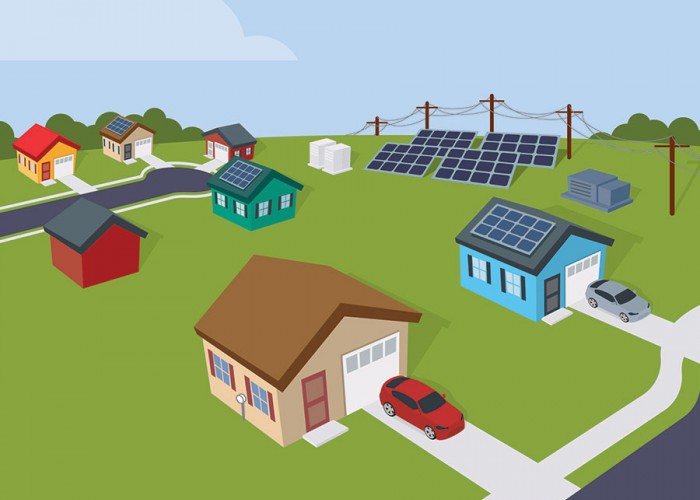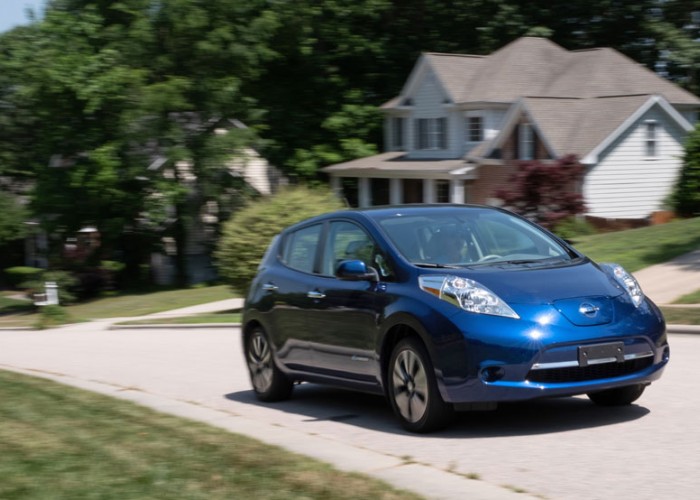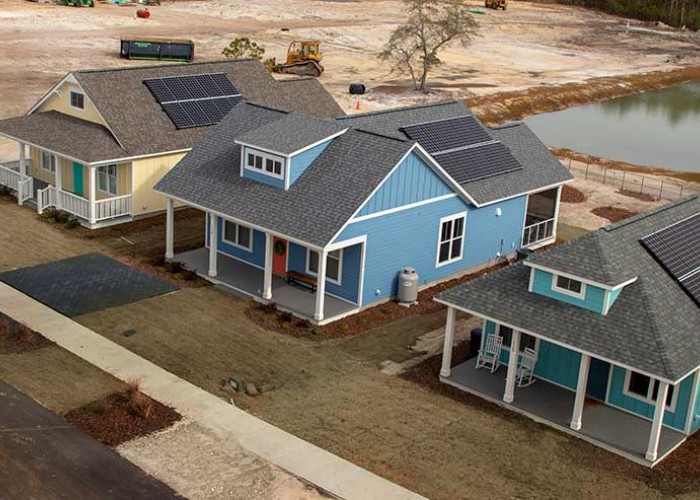Safe, Sustainable Nuclear Power
Nuclear energy is key to a brighter future for electric co-op members
Nuclear energy is a key contributor to North Carolina’s electric cooperatives’ commitment to providing members safe, reliable and sustainable electricity at the lowest possible cost. More than half of the electricity NC electric co-ops provide to members is from nuclear energy, most of which is generated at the Catawba Nuclear Station in York County, South Carolina, operated by Duke Energy.
Affordable and Sustainable
Nuclear power plants emit nothing but water vapor, making them a carbon-free generation source. Uranium, used to power the reactors, is an abundant metal available at a very stable price.
Plentiful, Reliable Power
The Catawba plant is the workhorse of the co-op generation fleet, designed to operate over a long period and provide steady “baseload” power 24/7 at a very low cost. It can run 18 months at a time, without having to be refueled. A small amount of uranium packs a lot of punch: one fuel pellet, about the size of your fingertip, contains the same amount of energy as 1 ton of coal or 149 gallons of oil.
Safety: The Highest Priority
All nuclear plants in the United States are subject to strict federal oversight. Multiple systems, protocols and design features keep the plant safe, including a large, expertly trained onsite security force.
Tap a number below to learn more about each part of the nuclear site.
1 Used fuel storage
Used fuel rods are cooled in large pools for an average of 10 years before being transferred to 18-foot tall, long-term storage canisters, engineered to keep fuel safe without power or moving parts. All fuel used at Catawba since coming online in 1985 is still onsite.
2Cooling towers
Huge, circular concrete structures, 7 stories high with 13 fans on top, cool water used in power production and emit only water vapor.
3 Turbine decks
Steam created by the reactor turns turbines, which, in turn, spin generators to produce electricity.
4Reactor buildings
The reactors are encased in layers of steel and concrete. Each reactor building is made of nearly 4-foot-thick, steel-reinforced concrete, one-third of which is buried underground.
5Substation and transmission lines
Combined, both units can produce 2,310 megawatts of power, or enough to power 1.7 million households—about one-third of all households in North Carolina.
A Brighter Future
Our long-term plans are guided by each electric co-op’s local roots and focus on delivering value to cooperative members and their communities. Learn more about the sustainability and efficiency goals of North Carolina's electric cooperatives.
-
Innovation from electric cooperatives
-
Share this story:







